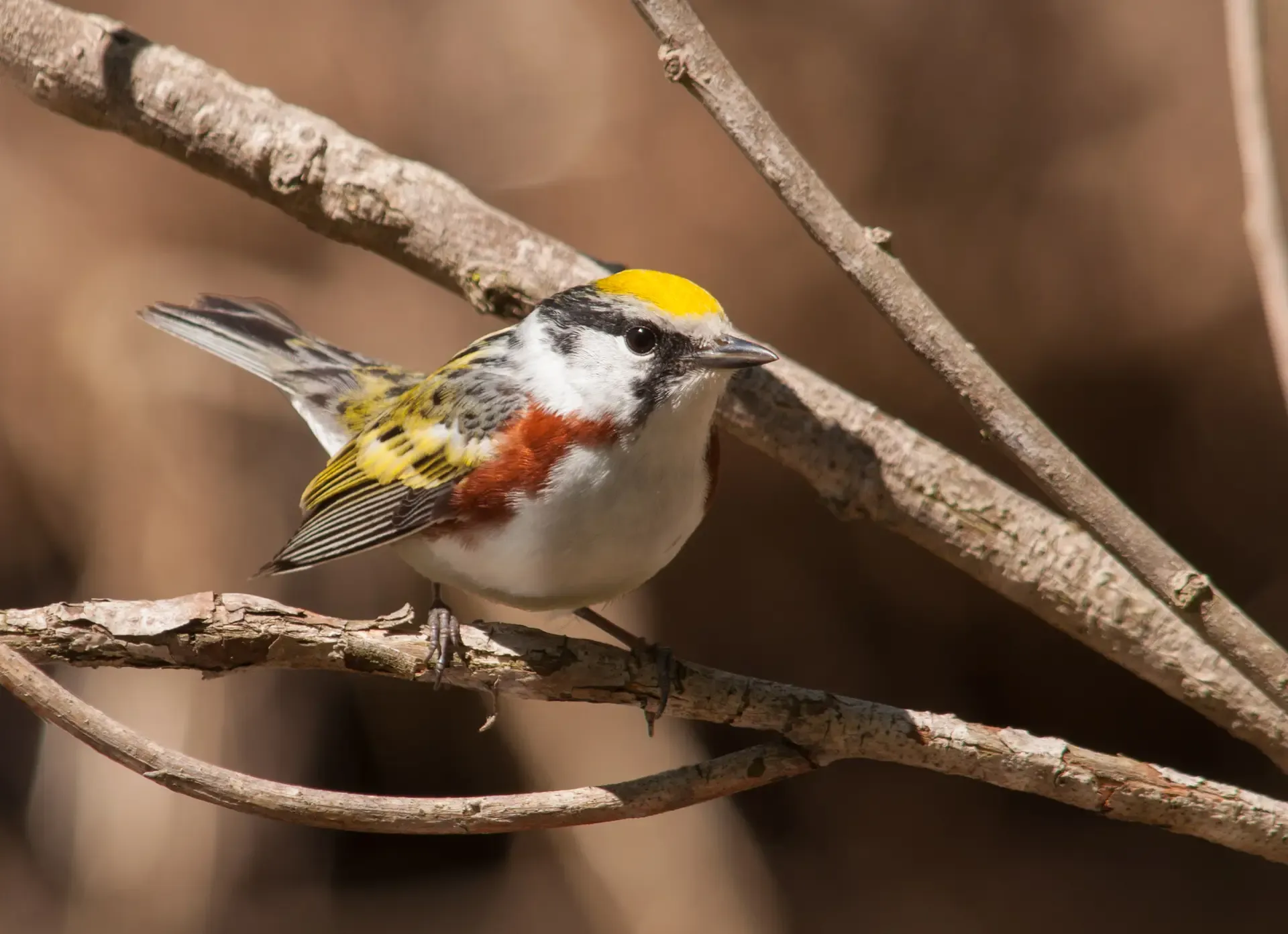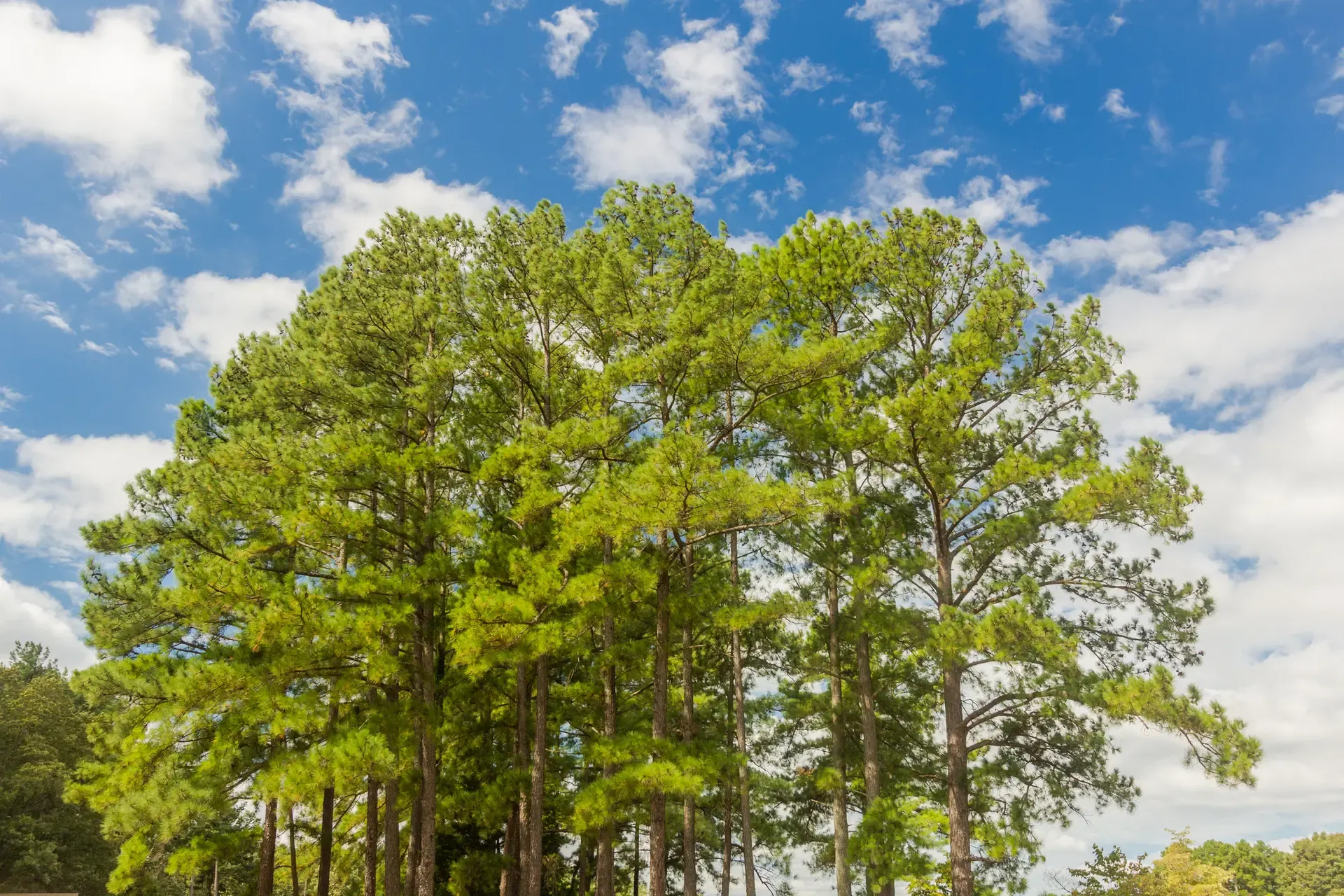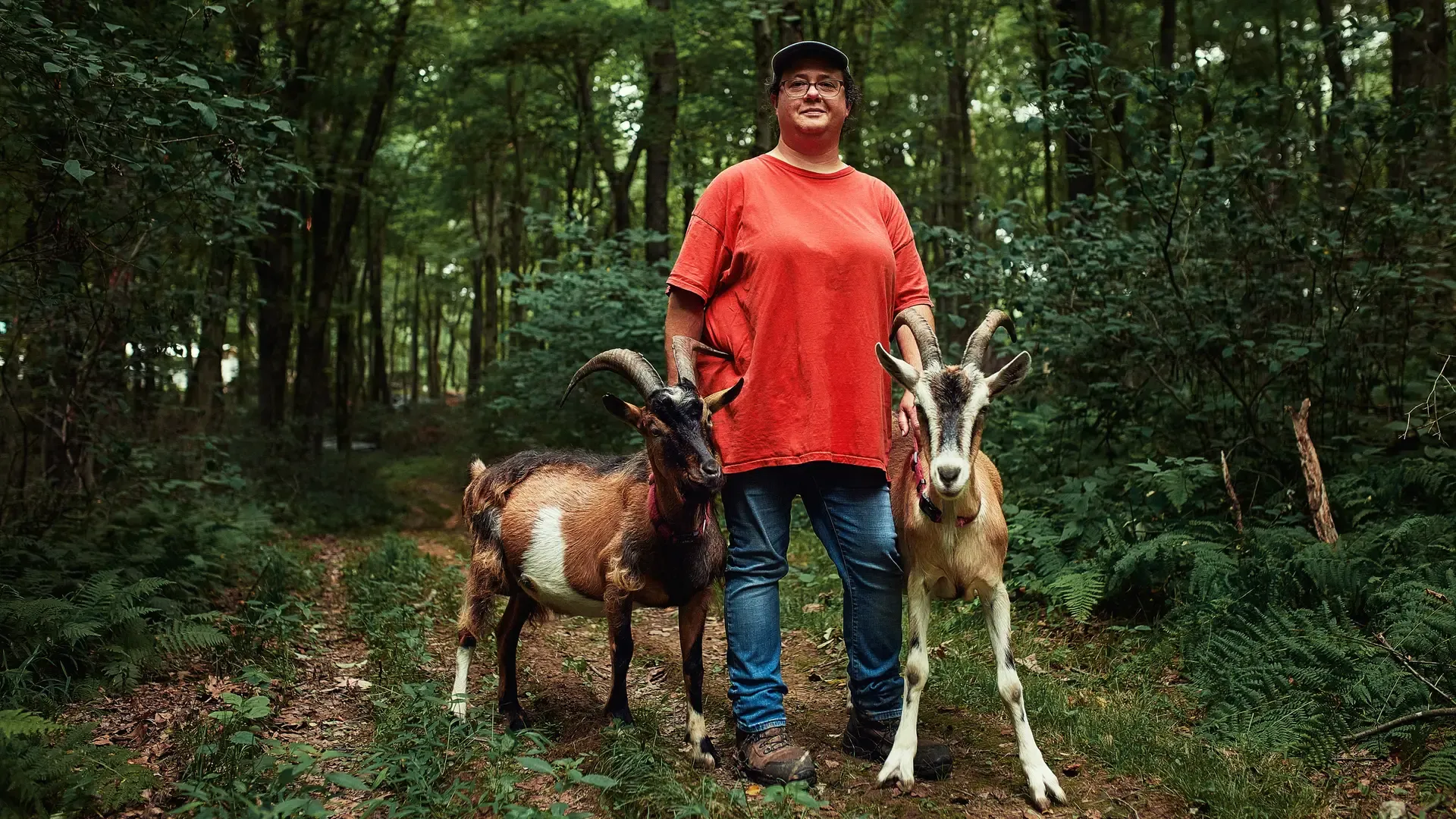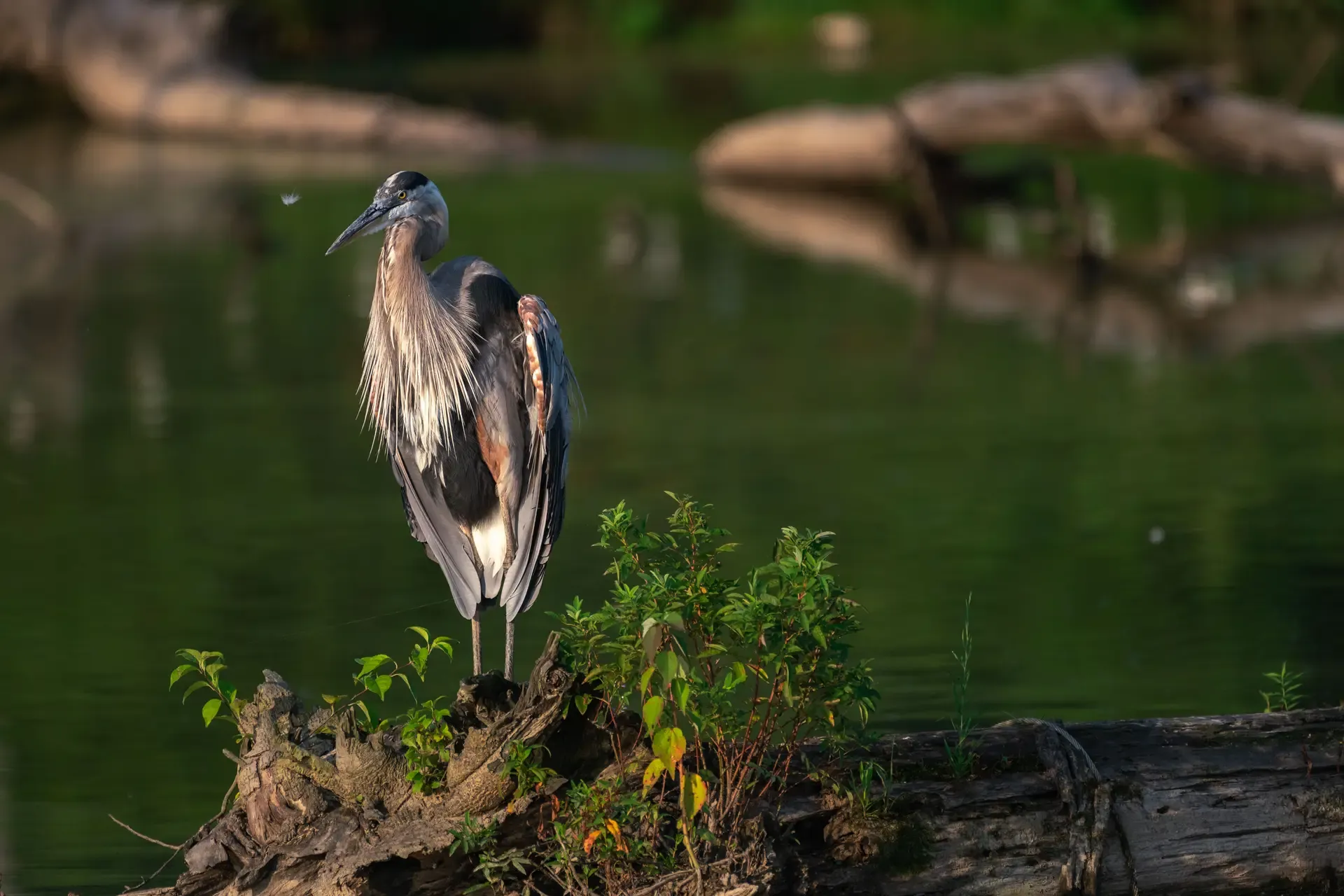Restoring a Forest Landscape Rather than a Parcel

Across the country, the challenges affecting forests – wildfire, invasive species, changes in climate, disease and more – go beyond individual property boundaries and are causing stress on entire forested regions.
But thanks to a dedicated funding source – the U.S. Forest Service’s Landscape Scale Restoration Program grants – these challenges are being addressed in tangible ways that are having a positive impact on the land. One such example can be seen along the border of Massachusetts and Connecticut.
The Vast Forested Landscape Across Massachusetts and Connecticut
The forests along the border of Massachusetts and Connecticut include more than 33,000 acres of forest, providing critical habitat and a large migratory corridor for wildlife and bird species of the New England region. From spring to fall, one can spot a Blue-winged Warbler, Wood thrush, Chestnut-sided Warbler and wild turkey – foraging, nesting and breeding the next generation of species.
Unfortunately, some forests in this region are experiencing stress and are simultaneously ill-equipped to provide adequate habitat now and into the future. The majority are made up trees of similar age and structure – with little complex, older forests or young forests– both of which are needed for nesting grounds and food sources for wildlife and bird species

Chestnut-Sided Warbler.
Related Articles

June 3, 2025
Why Wildlife Loves Loblolly—And How These Pines Can Benefit Your Land
A quiet stretch of pine trees can offer more than just scenery—it can provide vital habitat for wildlife across every season. Loblolly pine, the most common native tree species in the Southeast, plays a particularly important role in creating habitat for a wide variety of game and non-game species, from wild turkeys and rabbits to songbirds and squirrels.

March 25, 2025
Goats, Trees, & Community: the Power of Family Forests
The Family Forest Carbon Program has connected Monica with a forester who helps her navigate how to use her land more sustainably. Landowners often fear that enrolling in a carbon projects limits the way they can use their land, but Monica is proof that a property enrolled in FFCP can be just as versatile as any other.

February 13, 2024
Who’s Flying in Your Woodlands? Guide to Migratory Birds
The end of winter gives rise to spring migrations as wildlife returns to your woodlands. We're highlighting the common migratory bird species often found in the U.S.